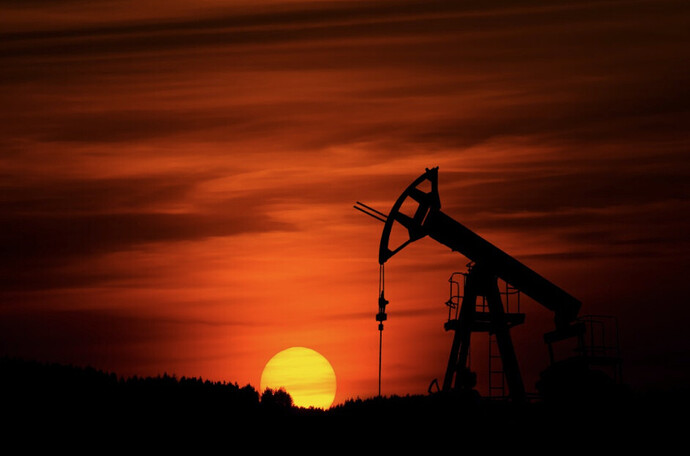Global Macro/Metals
Zero covid policies and Delta variant together are a bad combination for growth. In Asia-Pacific, the infectiousness for the Delta poses a severe challenge to the region due to ambitious (in some cases zero covid) goals. Q3 GDP growth in China is expected to be halved as multiple provinces imposed restrictions. The impact is expected to be limited in the US and Europe; despite rising numbers of infections, the vaccines remain highly effective in preventing severe disease. The continued inflation rate was matched by a much stronger hawkish rhetoric from the FED (and other central banks) bringing sooner the expected tapering as well as rate hikes (late 2022). Such an environment has acted as a headwind for gold (and precious metals) with an expected increase of real rates after a strong month in July (+2.3%). Base metals, and copper in particular, have tightening fundamentals. Even with the impact of the Delta variant in China, primary metal production is not expected to slow down, inventories are already low thus implying further impact on price. Nickel also benefits from its increased usage in batteries (+7.5% in July). China’s attempts to soften the copper market with positioning and stock release, do seem temporary, and with lower strategic reserve it may lengthen the bull market (+5% in July, +25% YTD).
Energy
OPEC+ members reached an agreement on 18 July with production targets for the second half of the year and a deal extension until the end 2022. The focus was on a moderate increase in production (which should keep the market in deficit in the coming months) as well as guidance for higher capacity. Even if the announcement wasn’t bearish, the combination of gradual increase in production and the continued delay of border opening (particularly in Asia due to the Delta variant) provoked a sell off on the 19th July of roughly 7%, followed by a rebound by the end of the month but with a more fragile price action. The higher virulence of the Delta variant is likely to impact emerging markets and make travelling conditions to many of these countries increasingly difficult and for a longer period of time. Global jet fuel demand is expected to remain low for months to come. Natural gas had another very bullish month (+8.6%) amid hot weather forecasts on the US West coast and unplanned production outages, causing prices to rise to the highest in more than two years.
Crude Oil
Agriculture
Grain prices saw a sharp increase in the last days of June due to an USDA report showing lower than expected planting, but beneficial weather conditions across the US farm belt helped to relieve the dryness that had hit key US crop areas in the previous weeks. In July, the USDA also cut its China’s grain import estimates for the next season adding pressure on price. China National Grain and Oils Information Center estimated lower corn demand due to an expansion of domestic growing areas, leading to higher national production. Farmers are also using more local wheat and rice in animal feed instead of expensive imported corn with a lower local hog price.
Volatility
While equities are once again at an all time high, pushed by good earnings, the continued spread of the Delta variant as well as a drop in bond yields (from 1.75% to 1.15% in 4 months for 10-year maturity) have sparked some concerns about the economy. This has weighed on implied volatility in the equity sector: the VIX is up from 15.83% to 18.24% on the month while the VSTOXX is up from 18.18% to 20.93%. This slight nervousness was however not spread to the precious metal sector, where implied volatility is pretty much unchanged (just as underlying prices) ending the month at 14% for gold and 24% for silver. In the agricultural sector, where underlying prices seem to have stabilised, the implied volatility is coming back down, from 28% to 23% for soybean and from 40% to 30% for corn.
Source: Four Elements Capital


